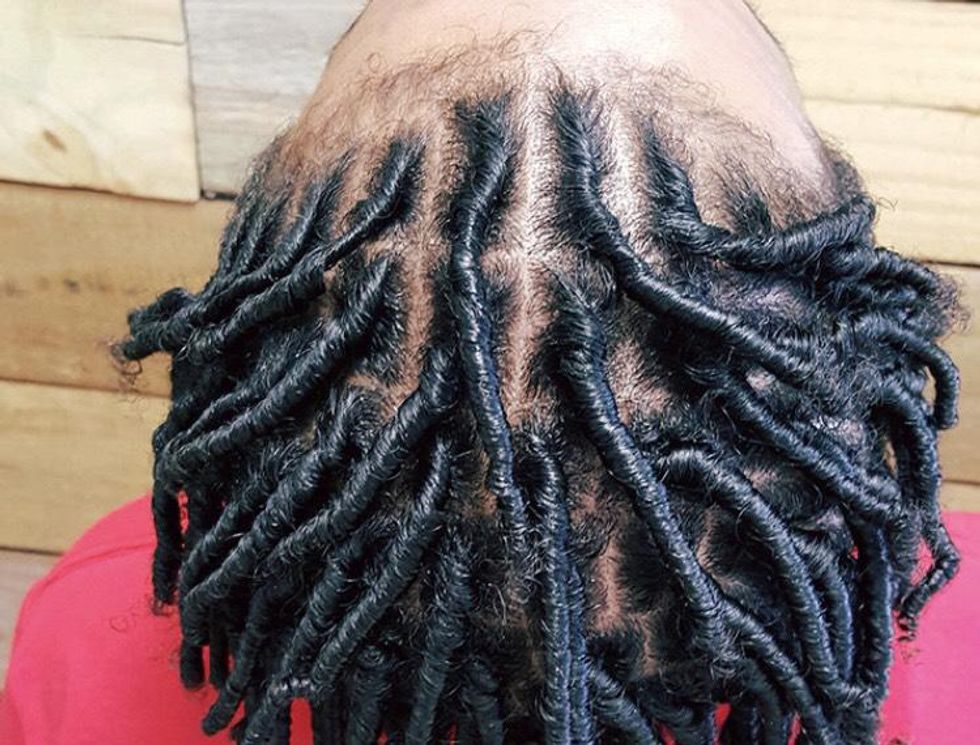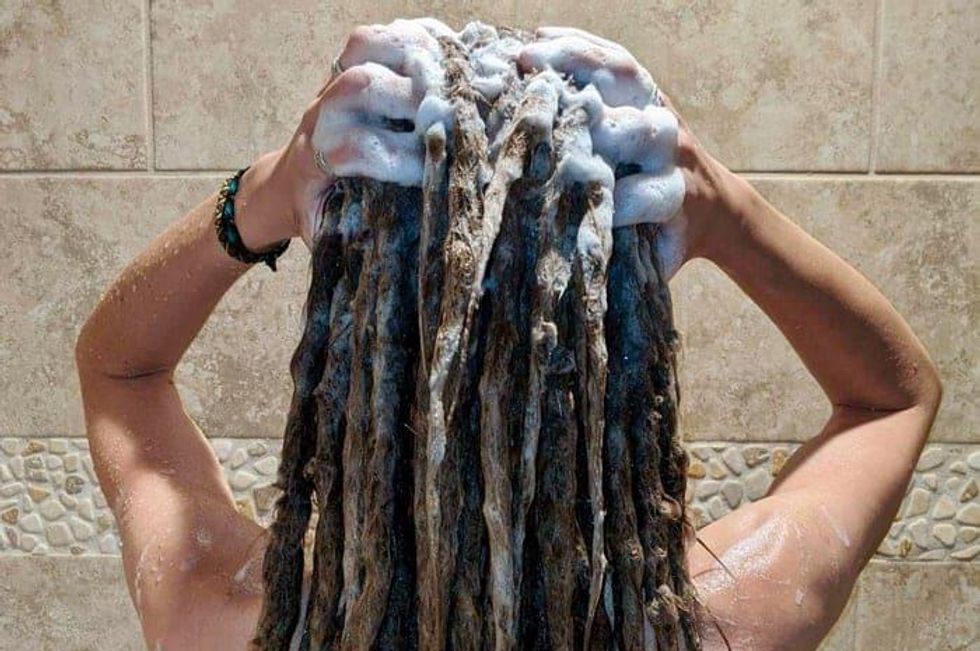Some call them dreadlocks. Some refer to them as locs or dreads. No matter what name you choose to call them, their maintenance is unlike any other hairstyle.
Locs are formed by hair naturally matting or by braiding. They are worn traditionally by people of Afro-Caribbean descent and often possess cultural and religious significance. Some opt to go the less permanent route by installing faux locs. Those who are willing to take on the challenge of naturally growing them will initially have a million questions about maintaining them.
“What products should I use? How often should I wash them?” are standard questions when starting your loc journey. Here are five simple tips for keeping your locs clean and healthy.
Ahead of the Game

Locs, when they are initially twisted, are known as starter locs. The length of your hair before locking it will determine how long it will be.
A good starting length is 6 to 8 inches to avoid what’s known as the “ugly stage,” as your hair gets used to the locking phase. A strong foundation will better serve your hair as it grows.
Lather, Rinse, Repeat

Not being able to wash your hair for a long time is one of the biggest myths about starter locs. Your hair has to remain clean as it’s adjusting to its new state.
However, you may not have to wash your hair as often when you have locks. You should wash your hair a week after you first lock it and anywhere between two and four weeks as your locs grow and mature.
Moisturize, Moisturize, Moisturize

Keeping your locs moisturized is essential to their overall health and growth. Exposure to hot and cold temperatures can dry your hair out, so making sure your locs stay hydrated is a must.
Try tying your locs up while showering and letting the steam and water droplets hit your hair. You want to avoid getting your hair completely wet. Locs absorb water like a sponge and not drying them fully can result in “Dread rot.” Dread rot is the build-up of mold in locs which can lead to an unpleasant smell if you fail to properly dry them. You can use store-bought products specifically for locs, as well as coconut oil and rose water.
Brands like Organi Brands offer great options that cater to locs and other textured hair types.
Keep Them Twisted

As your locs start to flourish, you will experience new growth. This hair needs to be twisted into your locs as it grows.
However, you should refrain from frequent retwists in the beginning. Your locs are still thin, and getting them redone often could lead to breakage. Every four weeks is an appropriate window of time in between retwists. Much like washing, the longer they grow, the more time can pass before you need to do it again.
Wrap It Up

Keeping your hair protected while sleeping is vital. Locs tend to accumulate lint and dust when tossing and turning throughout the night. Cover your head with a scarf, stocking cap, or dread tube before calling it a night. It will prevent your locs from collecting dust bunnies and helps with maintaining their luster and shine. Use a covering made of silk instead of cotton so your hair doesn’t dry out while you’re in dreamland.
Locs aren’t for the faint of heart. They require a high level of commitment and attention. As you continue on your loc journey, you will start to develop a regiment of your own. You’ll discover what products and styles work best for you. But if you follow these basic steps, you’ll be loc’d and loaded in no time.






